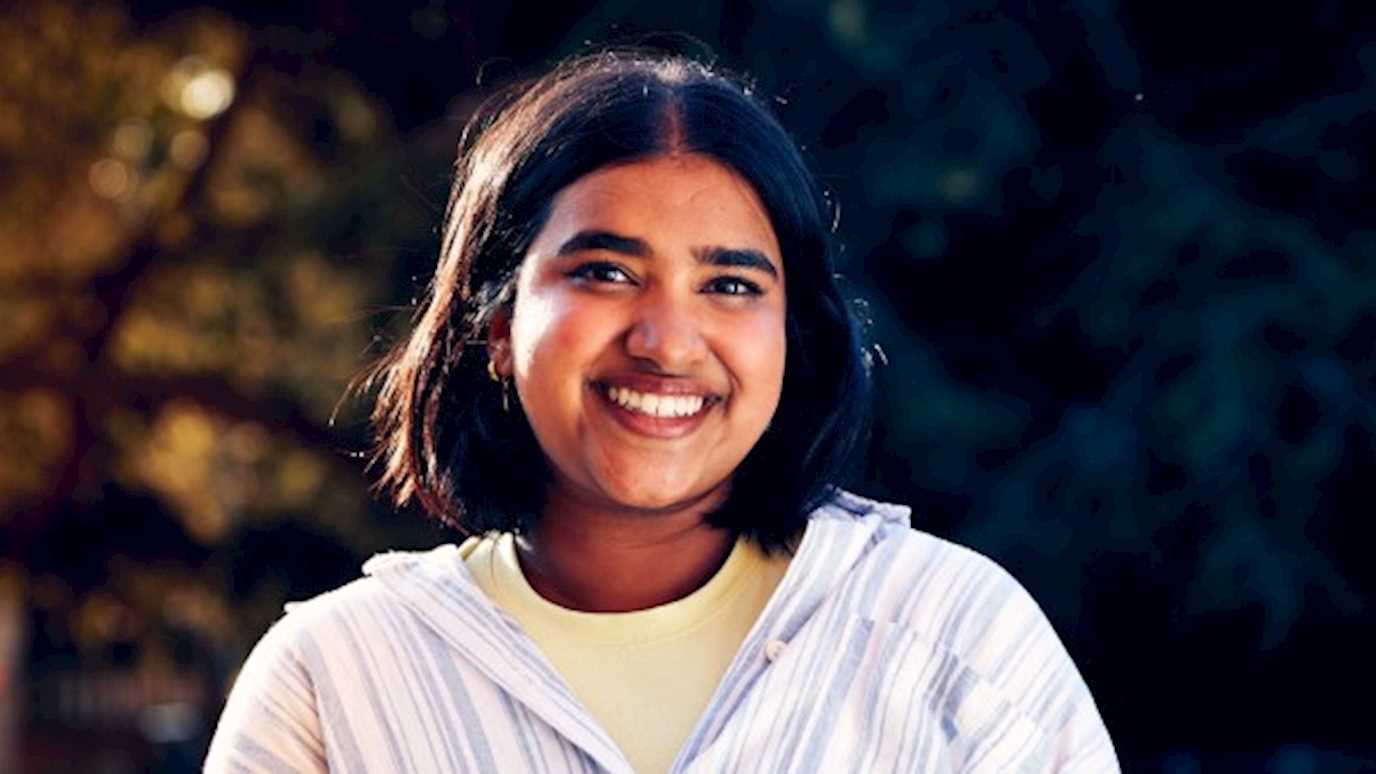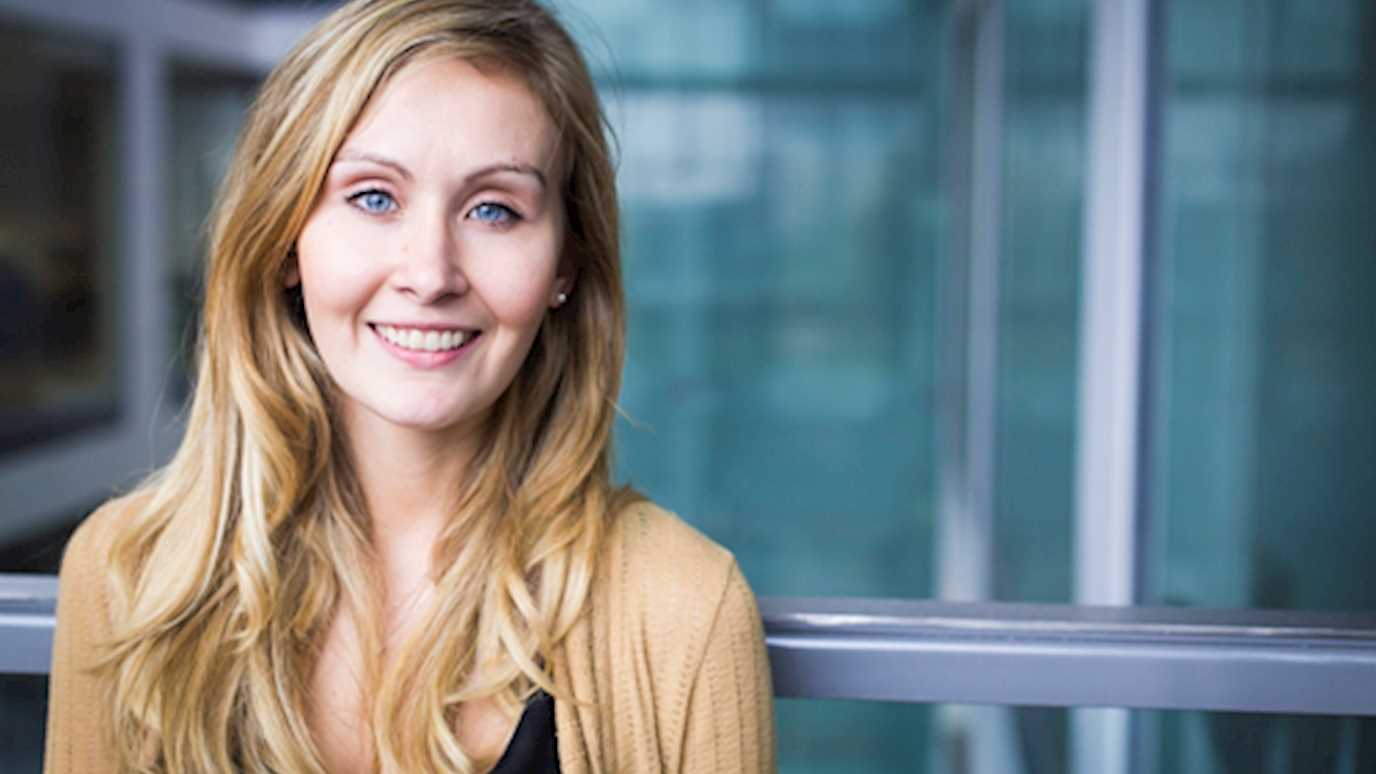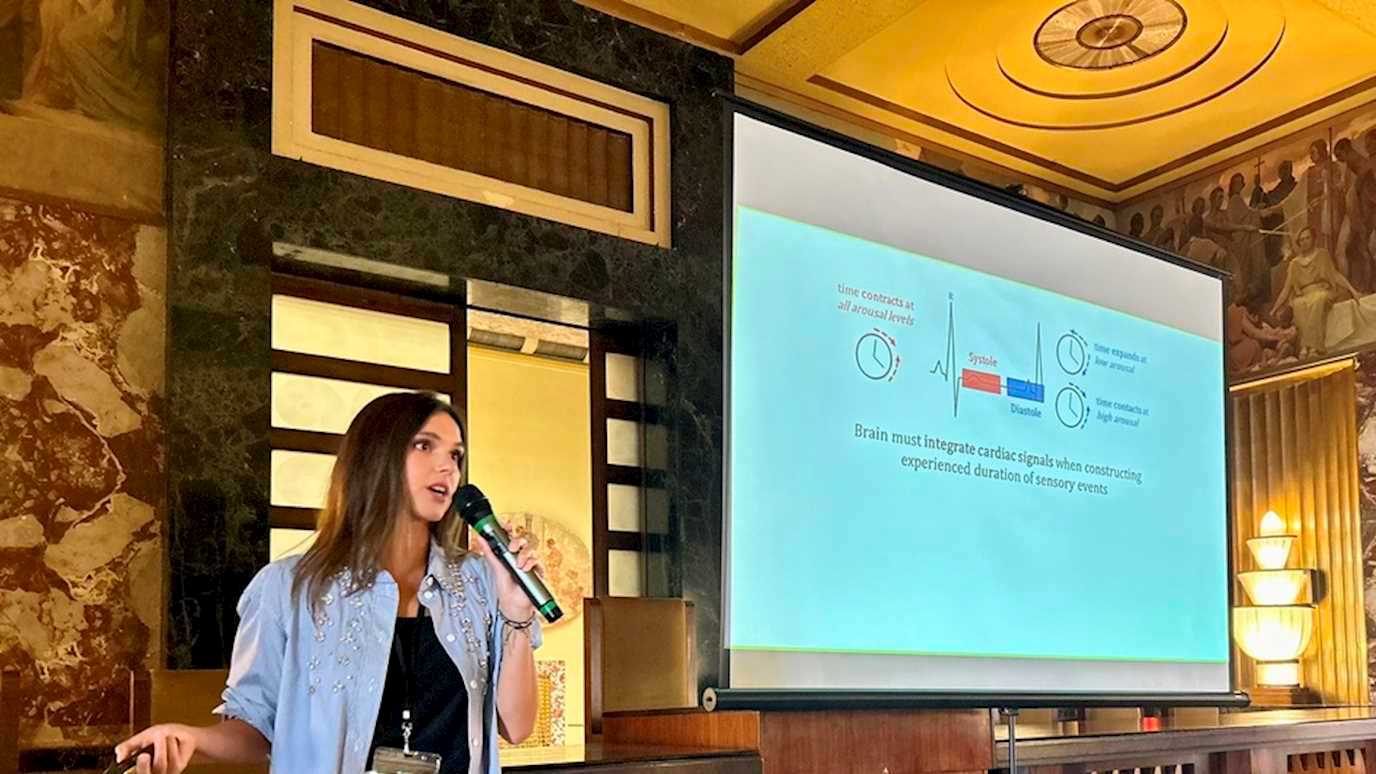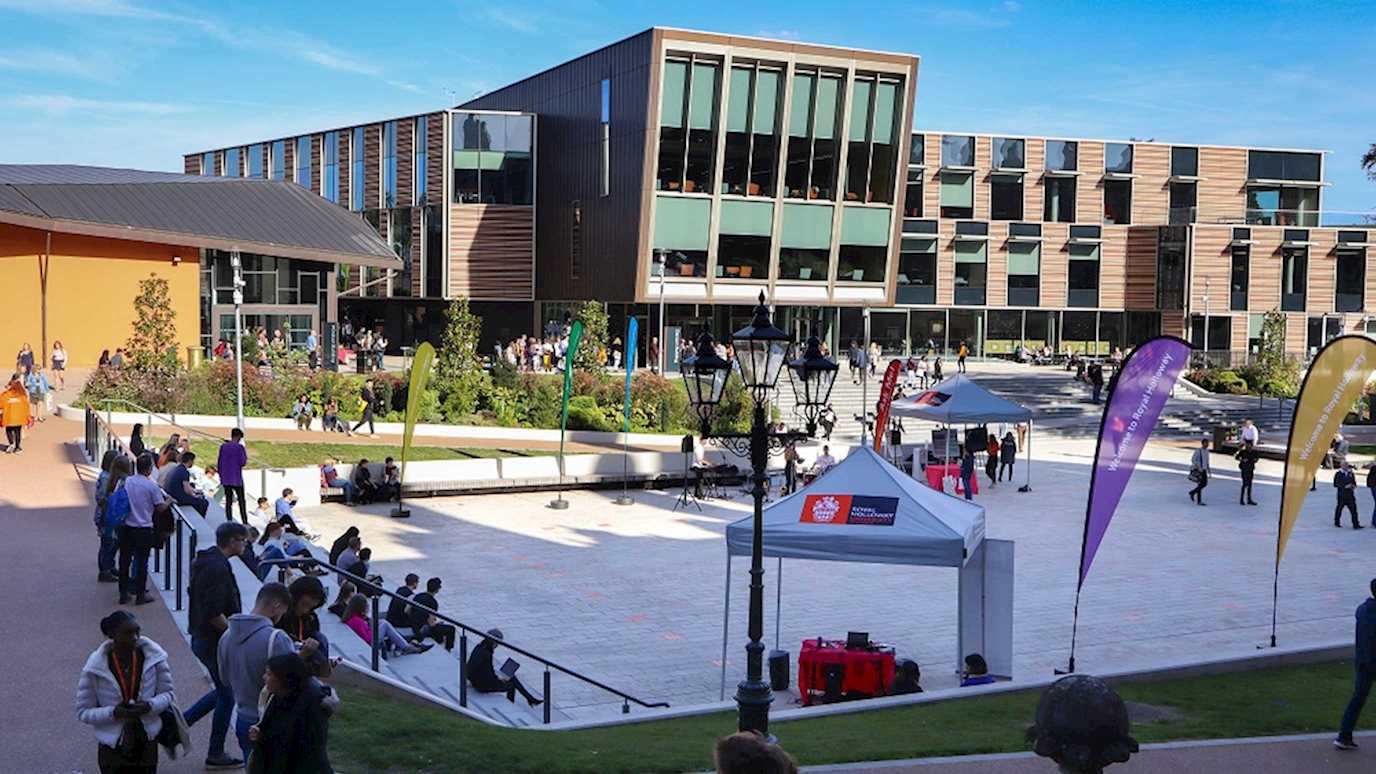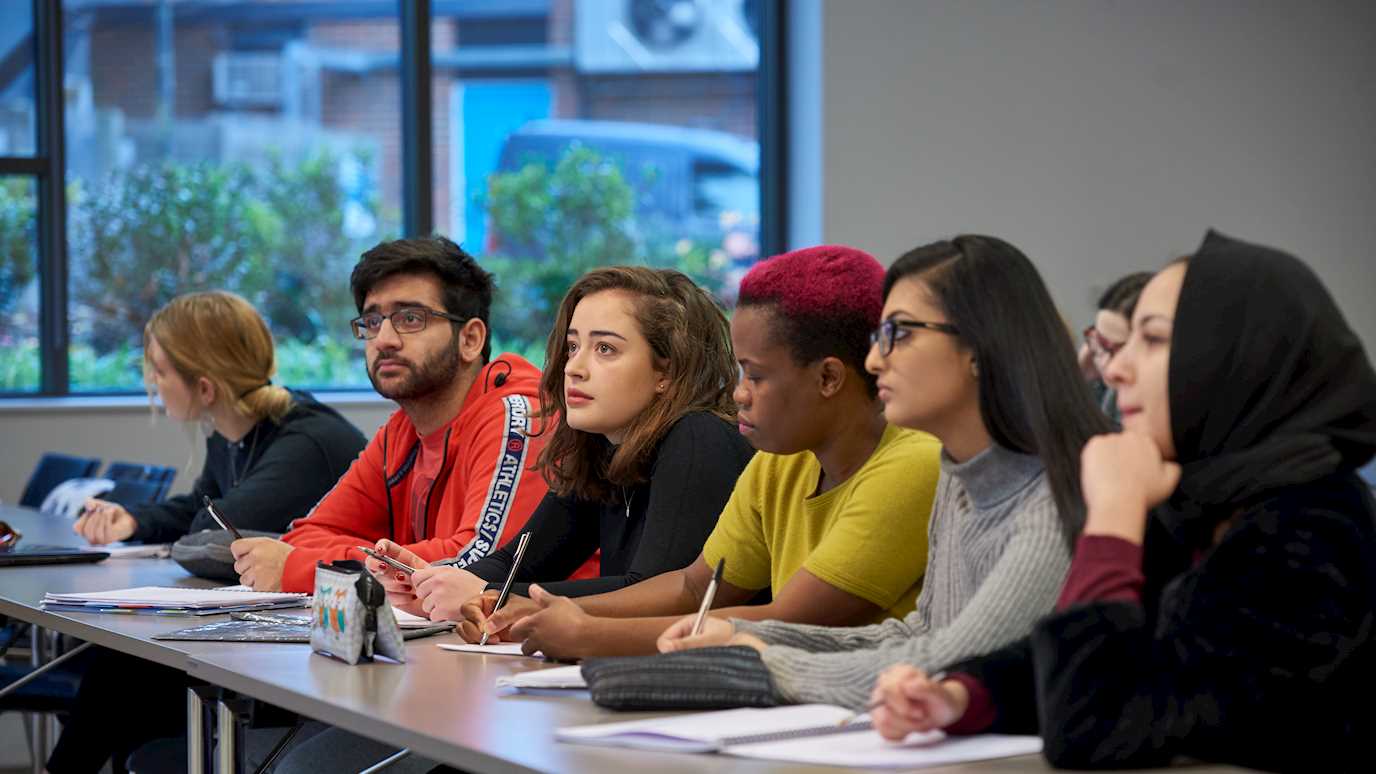Dr Thora Bjornsdottir and collaborators have been awarded International Partnerships Funding from the Biotechnology and Biological Sciences Research Council to collect face images in a reproducible way across the world
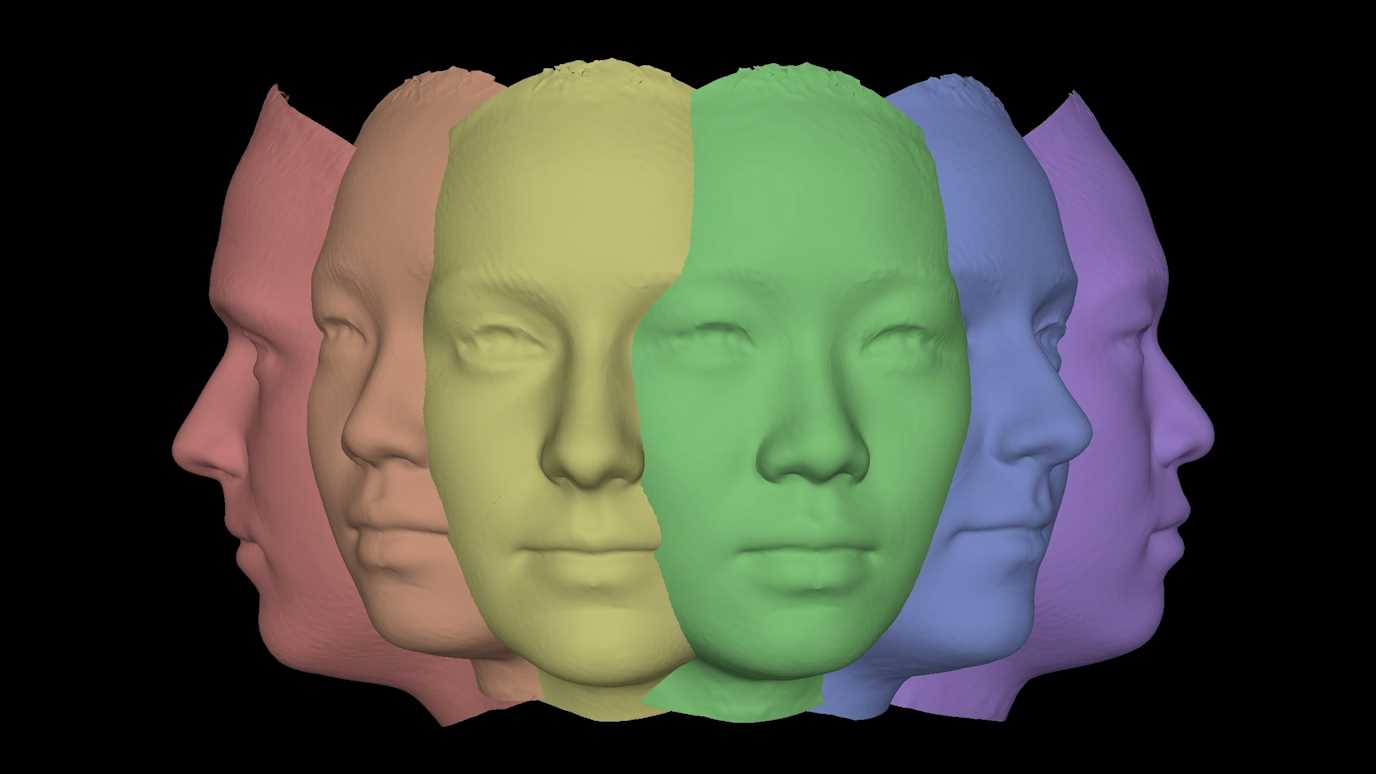
A wide range of research in cognitive and social psychology uses face images to test research questions related to social cognition, face recognition, emotion perception, and conditions affecting face perception (e.g., prosopagnosia). However, researchers are limited by the face images available to them, and although a variety of face image databases exist (see https://osf.io/mbqt3), face image sets tend to be limited in their age and ethnic diversity, include few expressions or poses, can have a restricted ability to share (e.g., for ethical reasons), and/or vary in their standardisation (e.g., different lighting, backgrounds, camera-to-head distance) making it impossible to combine different image sets.
Dr Thora Bjornsdottir, Dr Vít Třebický (Charles University, Czechia), and Prof. Lisa DeBruine (University of Glasgow) received a grant to address these issues and lead a project conducted by ManyFaces (https://manyfaces.team/), an international consortium of face researchers. 25 labs across the world (including Europe, North and South America, Australia, and Southeast Asia) will together develop a protocol for collecting face images with different expressions, angles, and standardisation that are useful for diverse types of psychology research. Then, using the same standard set of equipment (camera, lighting), each of the 25 labs will collect images of 10 different people following the protocol. These images will form the beginning of a face database that will become available to researchers interested in face perception and recognition, and will be substantially more diverse than existing resources (given the collection of images from multiple world regions and the variety of images taken of each person). Importantly, the process of collecting the images will be open and reproducible - the protocol will be published so that other researchers can follow it and continue to add images to the database, making it a continually growing resource for research.



